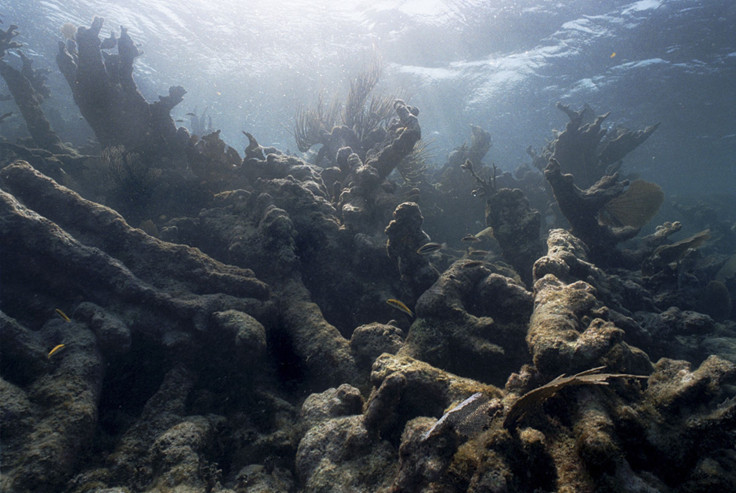Climate Change Impact On Coral Reefs: Study Predicts Bleaching To Target Protection Measures

If there is one thing that is almost certainly doomed under even the best case climate change scenario, it is coral reefs. The marine ecosystems, both important and unique, are already under severe threat due to increasing acidity and temperature of ocean water.
Research recently published in the journal Scientific Reports takes climate projection models, and combines them with various scenarios, including the impact of the Paris Climate Agreement, to predict how corals reefs would fare over the next century or so. The study also predicts which reefs around the world are likely to be affected first, allowing for conservationists to target protection measures accordingly.
According to a statement Thursday about the study, published on the website of the University of Miami: “Reefs in Taiwan and around the Turks and Caicos archipelago will be among the world’s first to experience annual bleaching. Other reefs, like those off the coast of Bahrain, in Chile and in French Polynesia, will be hit decades later.”
The world’s reefs will start experiencing annual bleaching in 2043, on average. Like most living things, corals also have some ability to restore themselves after a bleaching event is over. But when such events take place year after year, they don’t get the five years they need at minimum to recover. And the study says that under current trends, 99 percent of all reefs on Earth will be subject to severe bleaching every year within the next 100 years.
Study leader Ruben van Hooidonk of the University of Miami said in the statement: “Bleaching that takes place every year will invariably cause major changes in the ecological function of coral reef ecosystems. Further, annual bleaching will greatly reduce the capacity of coral reefs to provide goods and services, such as fisheries and coastal protection, to human communities.”
The study, titled “Local-scale projections of coral reef futures and implications of the Paris Agreement,” adds that even if the world exceeds the already-ambitious target of limiting the rise of global temperatures to 1.5 degrees Celsius, more than 75 percent of Earth’s corals will still bleach every year by 2070.
“It is imperative that we take these predictions seriously and that, at the very minimum, we meet the targets of the Paris Agreement. Doing so will buy time for coral reefs and allow us to plan for the future and adapt to the present,” Erik Solheim, head of UN Environment, said.
Corals are said to be bleached when the algae that live in them, giving them their bright colors and most of their energy, leave the hosts due to the effect of warming waters. The bleached corals (so-called because of their white appearance in the absence of algae) become vulnerable to starvation and disease. The world saw its longest global bleaching event between 2014 and 2016. About 90 percent of the Great Barrier Reef off eastern Australia was hit by bleaching in 2016, and over 20 percent of the reef’s corals died.
© Copyright IBTimes 2024. All rights reserved.





















